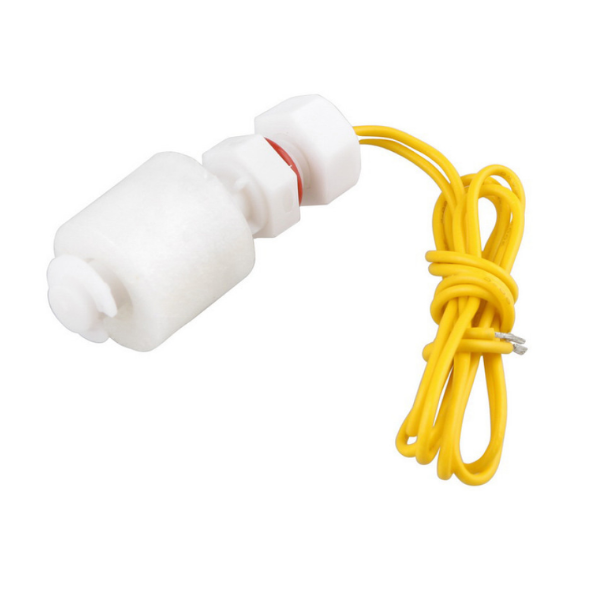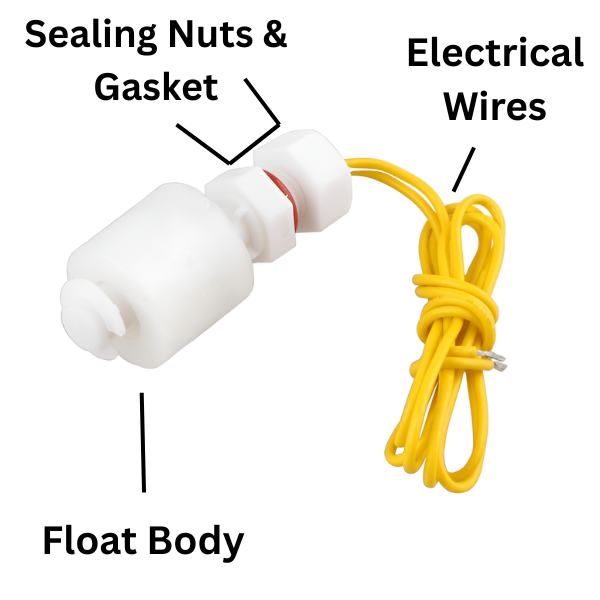
DSM Online Support
Support Master
Welcome to DSM Online
How can I help you today
How can we assist you? please let us know the support you need from DSM Online








Category: Others Sensors
SKU: 1698
Description:
A water float sensor is a simple yet effective device used to detect water levels in various applications. It typically consists of a float (a buoyant object) attached to a switch or sensor. When the water level rises, the float is lifted, activating the switch or sensor, which can then trigger a control action.
Key Features:
Applications:
DATA SHEET AND USECASE
Data Sheet Overview:
One example of a float sensor is the vertical float switch model MCPLS-031-A-6. Key specifications include: